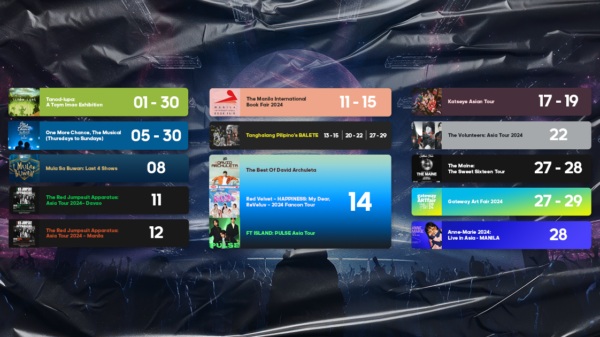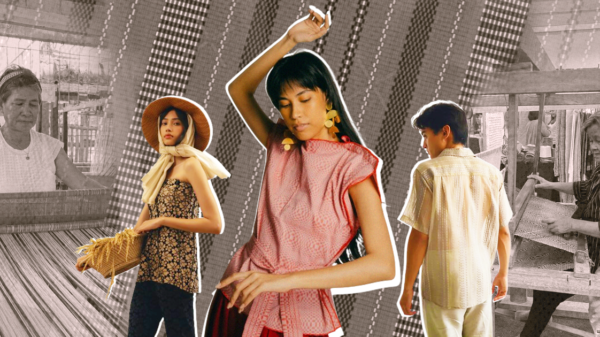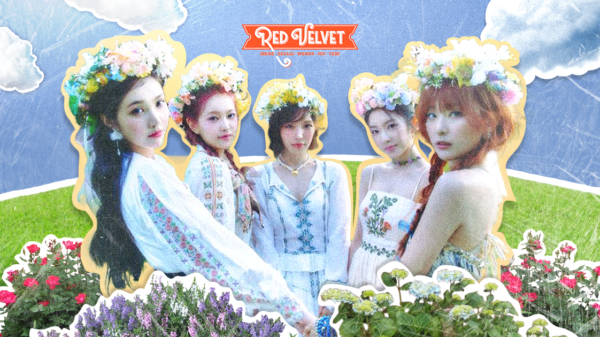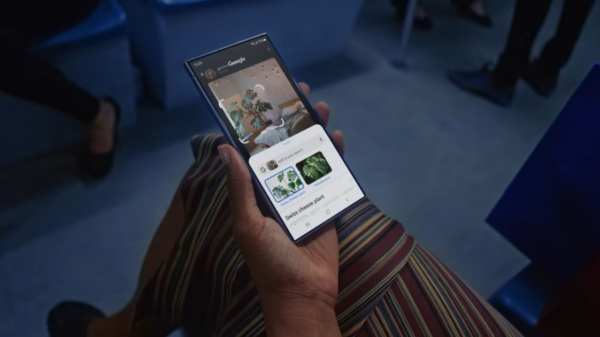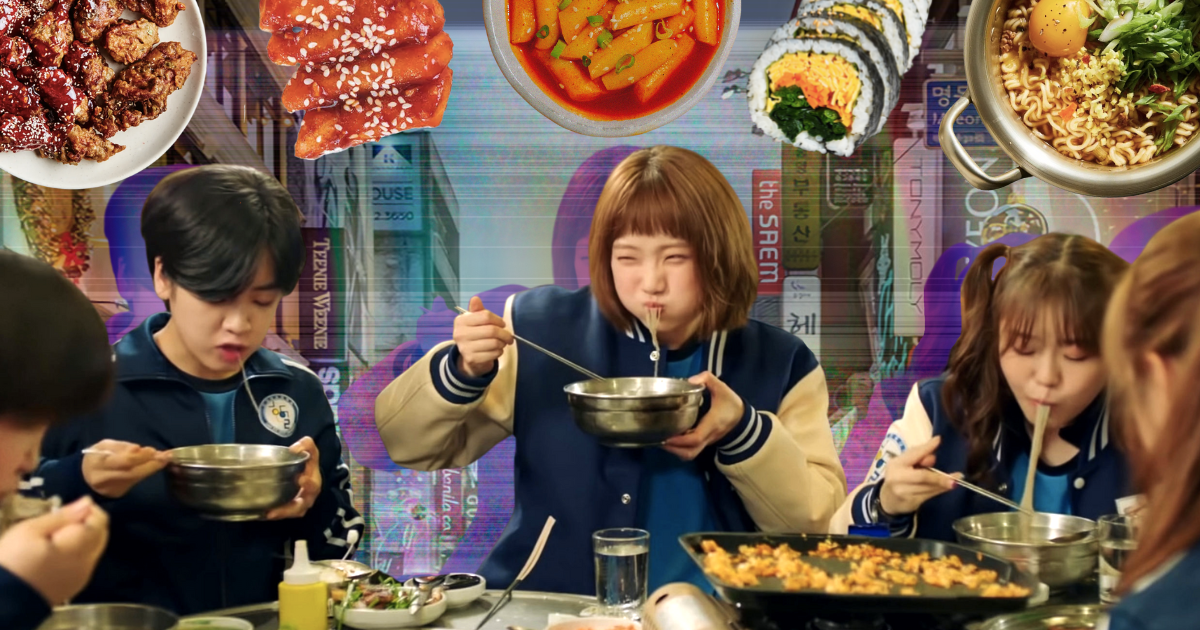Korean food is taking over the media and it’s showing no signs of slowing down. With Korean cuisine making frequent appearances in Korean dramas and K-Pop culture, people are very curious. The appearance of it looks so tasty, the presentation is getting on everyone’s bucket list, and the catch? Spice. Filipinos love anything spicy.
There’s no doubt, The Korean cuisine is shown on different platforms of media all over the world.
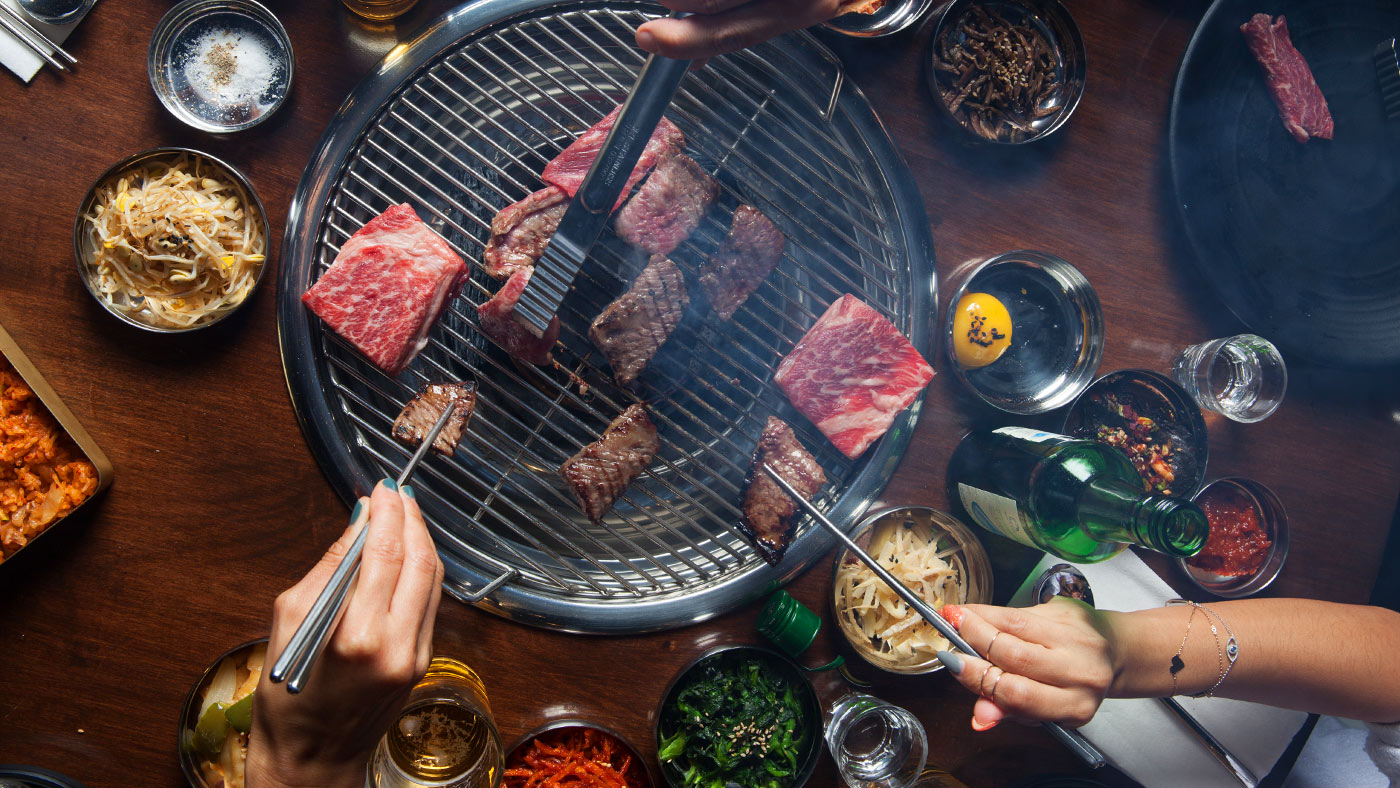
While at the same time, Korean restaurants are seen around the neighborhood and different products are popping up at your nearest supermarket, making it hard to escape its delicious and appealing influence. With its vast reach, people of different nationalities are eating or trying Korean food or the Korean “mukbang”.
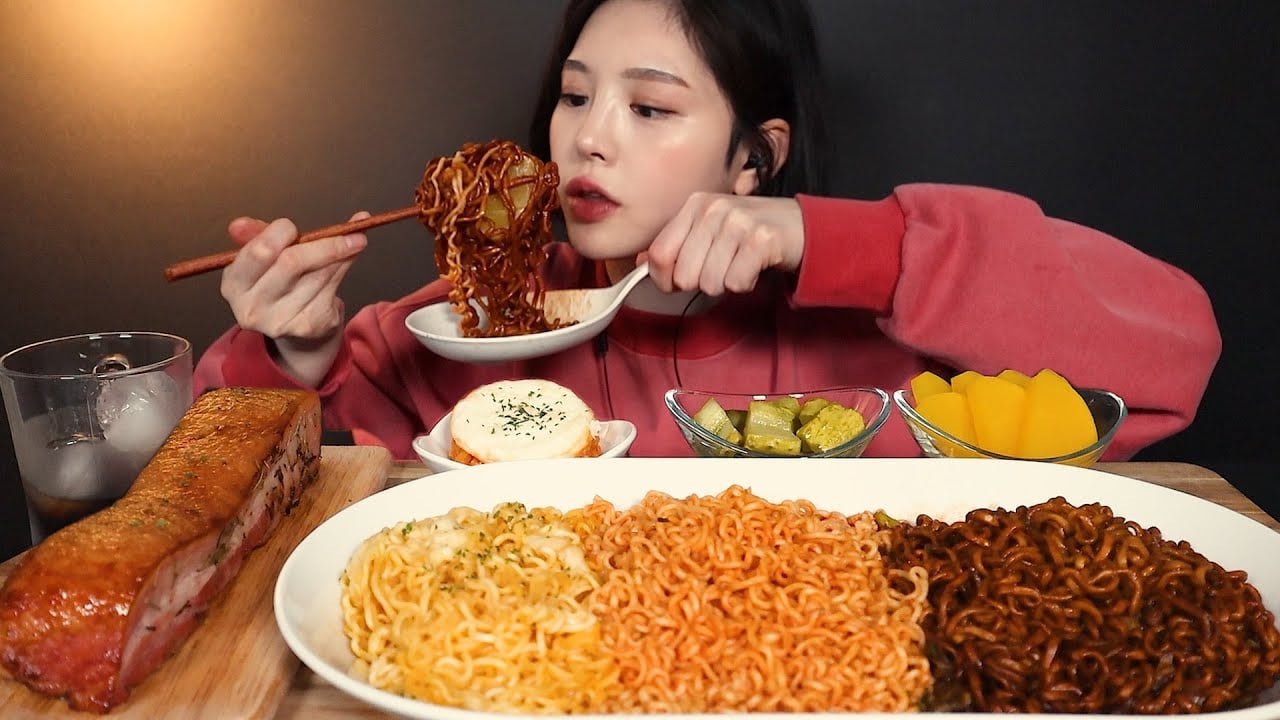
A lot of people are sharing their thoughts and recipes through their social media accounts most especially on Facebook, YouTube, and TikTok, proving that its popularity and taste are truly widespread.
Its popularity did not come overnight. The Korean wave, also known as “hallyu,” started to gain momentum in the late 1990s and early 2000s. This cultural phenomenon began as a result of the increasing popularity of Korean pop culture in Asia, particularly in Japan and China, where Korean dramas and K-Pop music became incredibly popular.
PRODUCT PLACEMENTS IN KOREA
Product placement is a form of advertising in which branded goods and services are featured in a production that targets a large audience. The use of communication media such as films, theater performances, and television programs are the main strategies gaining importance in introducing a product to its avid viewers. Product placements aim to attain customers’ awareness, increase consumer recognition, and positively affect consumer preference and purchase intention. It is a form of indirect advertising that contributes to the growing demand for Korean Food.

The Korean government recognized the potential of Korean food to become a global phenomenon and began investing in promoting it as part of the Korean wave. This accelerated their potential to influence others’ taste buds as the Korean Ministry of agriculture, food, and rural affairs launched a campaign called “K-Food” to promote Korean cuisine around the world. This helped popularize Korean food in countries such as the United States, Canada, the Philippines, and in the continent of Europe.

Korean mukbangs include tteokbokki, chimaek, and ramyeon. Tteokbokki is made of rice cake– stir-fried and combined with a spicy red pepper paste-based sauce. This popular Korean street food is purchased alongside kimbap or gimbap. Tteokbokki is widely popularized through K-dramas and Korean Variety TV shows like Running Man.
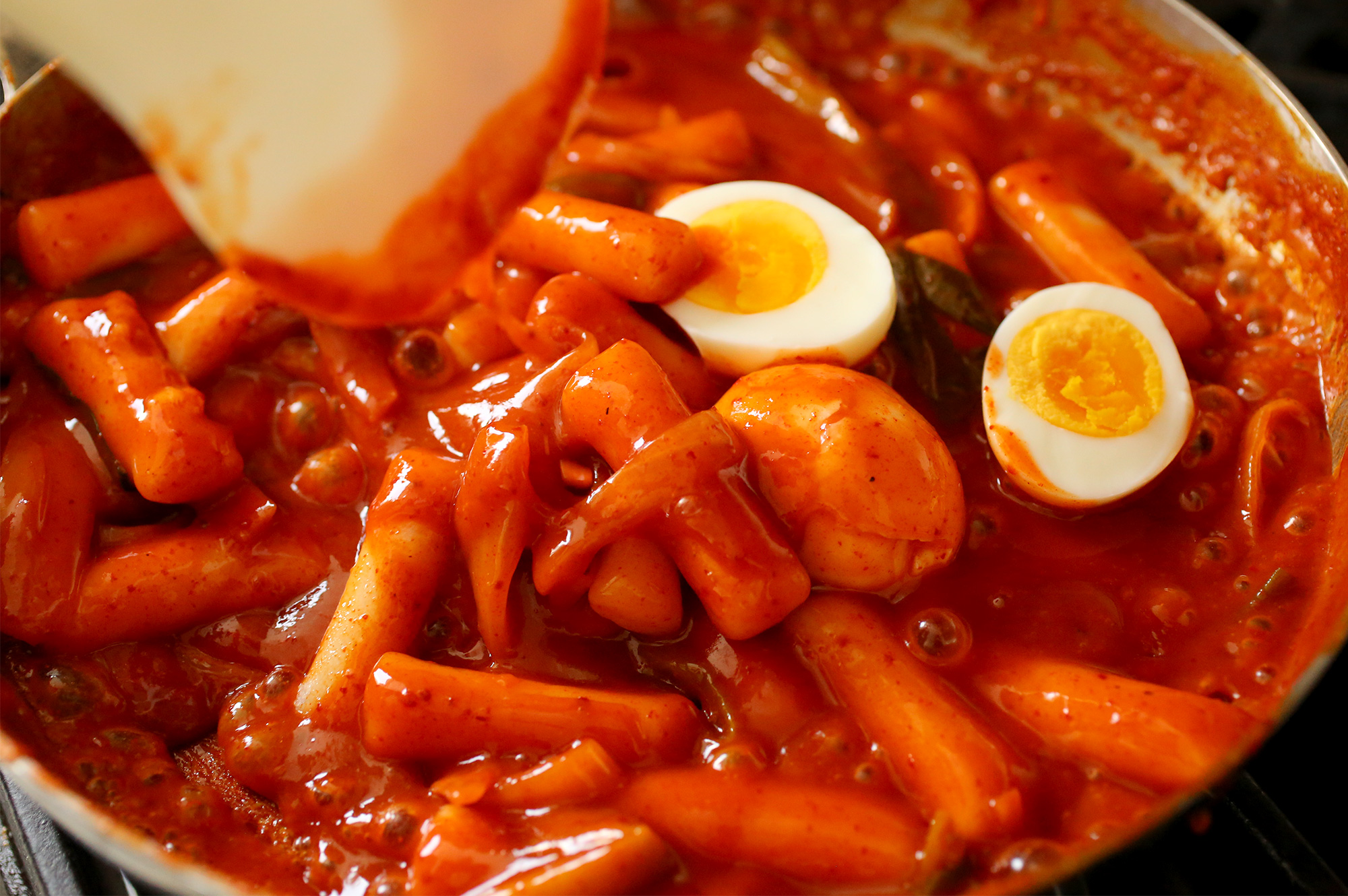

When it comes to a great combination, you can never go wrong with chicken and beer. Also known as ‘chimaek’, this combo is best enjoyed during night time in many South Korean restaurants and households. It’s also enjoyed often with friends hanging out to form closer bonds through chicken and beer.

If you’re a K-Drama fan, for sure you’ve heard the question or the phrase, “ramyeon meokgo gallae?” or “Do you want to have instant noodles before you leave?” This subtle line allows people to associate ramyeon with Korean culture. In Korean dramas, you can see different situations wherein they eat ramyeon at the most random days and sometimes included in an opening or ending scene which makes it so grand. At the end of an episode, you’ll find yourself craving and craving for ramyeon and more ramyeon.

Korean entertainment has widespread content, however, their reaction to food is the same. Seeing Korean artists savoring every bite, talking about the burst of flavors, and generally enjoying the food created a positive emotional response that makes viewers want to try the food for themselves. Street food or restaurant food, they always show enthusiasm. And people love it.
One of the famous reality series called ‘In The Soop’ features artists to get to have a 3-4 day vacation in the woods. Through this vacation, viewers get to see how their favorite stars interact with their co-stars and how they express their relationship with food as they also cook meals. Another good example is the variety show called Home Alone, where Hwasa (part of a girl group named Mamamoo) was eating Gopchang. Gopchang is a dish that has both the grilled small intestines of cattle and the large intestines of pigs. Seeing her chew the tube-shaped intestines and enjoying it, was enough to persuade K-netizens and people around the world to want to try it despite it being unappetizing. These genuine interactions are what positively impacts and encourage people to eat and visit Korea to try foods firsthand no matter how far it is from their usual meals.


CONCLUSION
The effect of Hallyu causes different brands to expand their businesses to different countries and at the same time make the most out of the demand of consumers. Its accessibility is unwavering as Korean products are now made available worldwide. Currently, products of Bibigo, Shin Ramyun, Jin Ramen, Samjang, and restaurants like BBQ Olive Chicken and Subway are now available in the Philippines. The expansion of brands from Korea isn’t going to stop soon.

Overall, K-pop and K-drama had an enormous contribution to the growth of Korean culture. It is also important to mention how social media played a big role in accelerating the love for these types of food. How people respond to how their stars indulge in food and how they want to try it themselves. The genuine response to the taste of popular Korean signatures like kimchi, kimchi jjigae, and many other Korean dishes and side dishes from different nationalities is a living testament that Korean culture has grown and is loved worldwide. Its spice has gone worldwide and we never even see it stopping.










